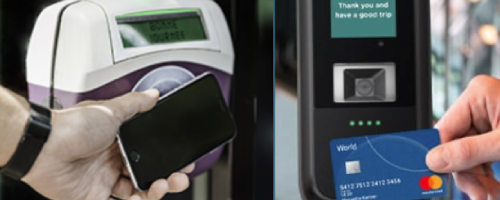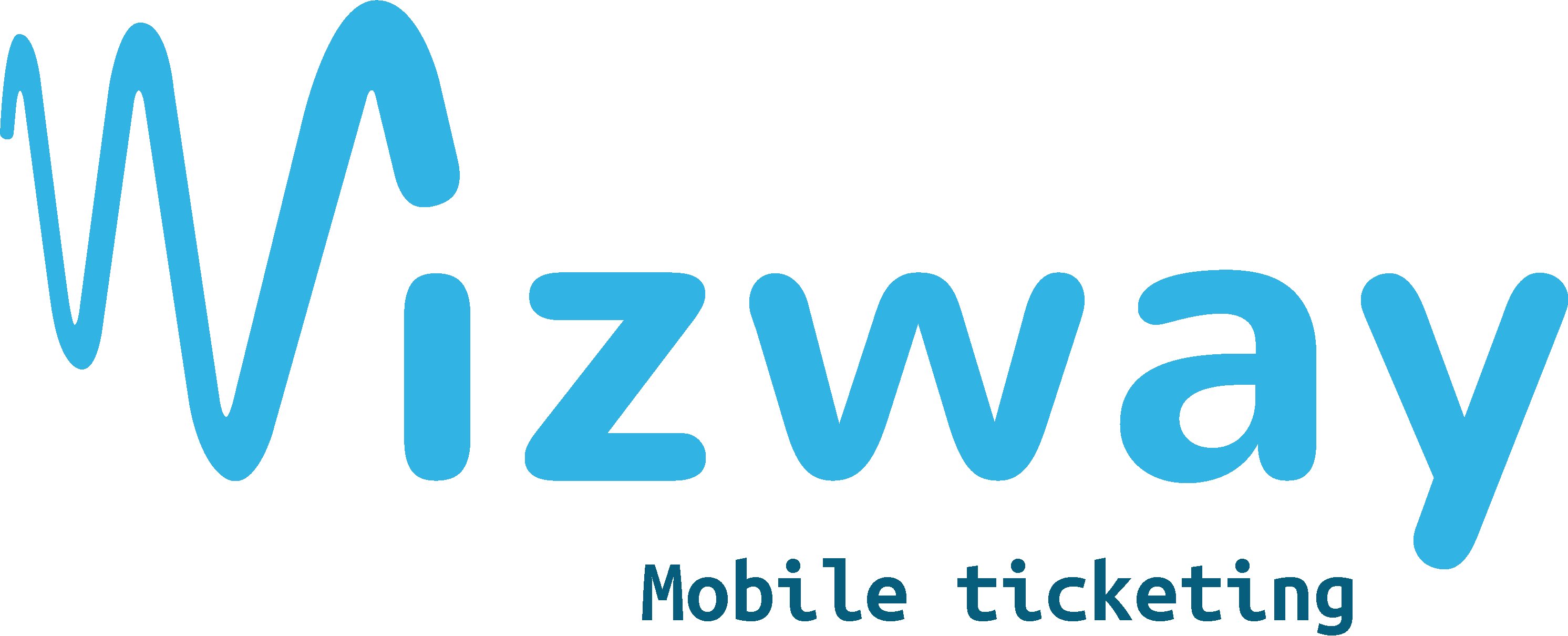by wizway
Share

Open payment, which allows users to access and pay for transport with a bank card, is gradually developing. Launched in London in 2014 and now offered in 15 networks in France, it provides simplified access for travelers, particularly occasional travelers.
In parallel, more than 300 networks worldwide and already 9 major networks in France have developed mobile NFC services compatible with their transport cards such as those based on the Calypso open standard. These services allow to emulate a transport card on a smartphone, but also to read or load the tickets present on physical cards from a smartphone. These two services are sometimes contrasted. However, the analysis shows rather a complementarity at the service of different clienteles and uses.
Open payment: a service for very occasional travelers
The main advantage of Open Payment is that it allows access to transportation without the need to choose or purchase tickets. Very occasional travelers or tourists can therefore pay directly for their trip, at the full unit fare, sometimes with a daily or weekly fare cap. Cities such as London, New York and Singapore with millions of international travelers have chosen to add NFC payment solutions to their NFC transport solutions, as part of massive investments to upgrade existing validators to payment standards or to replace their entire ticketing system.
On the other hand, the lack of ticket selection makes open payment unsuitable for all of the reduced fares, subscriptions for frequent customers, and category discounts (youth, senior citizens, etc.) that characterize public transportation fare offers. Open payment will therefore not allow operators and AOM to improve service for the most loyal passengers.
Open payment on smartphones, a service mastered by the GAFAs
For open payment to be implemented on smartphones with mobile services such as Google Pay, Samsung Pay or Apple Pay, the issuing bank must have an agreement with the manufacturer. While almost all French banks have agreements with Apple Pay, this is still far from being the case on Android. Like contactless payment, open payment is not very digital, as most travelers still validate with their physical payment card.
On smartphones, open payment is not integrated into mobility or MaaS applications: AOMs or operators therefore do not have direct control over this service. This has been true since 2020, when Google brought together its Google Pay payment solution and Google Maps mapping, distributing the titles of nearly 80 Open Payment networks around the world from Google Maps without the need for any agreement with mobility players.
NFC services on cell phones, for all travelers, at the service of AOMs
Two main NFC Mobile services have been developed for transportation. The emulation of a transport card in a smartphone allows a 100% digital experience from purchase to validation with a smartphone. Instantly reading and reloading a physical transportation card turns the smartphone into a personal shopping assistant.
These solutions can be integrated into existing passenger information applications, allowing AOMs and operators to maintain a direct relationship with passengers who have created a customer account. The development of MaaS solutions, interoperability, and post-payment ABT solutions goes hand in hand with this customer account.
Open payment allows by construction a form of ABT (end-of-day or end-of-week debit based on usage) with the bank card serving as an identifier. NFC Mobile solutions allow the simultaneous emulation of prepaid tickets and secure ABT tokens, which opens the way to the development of new mobility offers that meet the changing needs of travelers.
What are the deployments in France of these different services?
In February 2022, 9 networks are integrating NFC Mobile in their apps. These are major networks that represent more than 5 billion trips per year, i.e. 73% of urban travel in France. The technical constraints of compatibility of certain smartphones will soon be lifted, accelerating the deployment of these services on many other urban, regional or long-distance networks. The opening of NFC Mobile services by Vélib, the world’s leading self-service bicycle network, at the end of 2021 also confirms their relevance to new mobility and MaaS.
The 15 networks that accept Open Payment still account for only 300 million annual trips, or 4% of all trips in France. This still low number explains their deployment on medium-sized networks due to the complexity and cost of projects for large networks. This share will also increase rapidly with the planned launch of open payment solutions in major networks such as Bordeaux and Lyon.
Deployments of mobile NFC and Open Payment solutions in France as of 01.02.2022 – the size is proportional to the number of annual travelers on the networks – Source Wizway
It is now likely that French networks will follow a trajectory already seen in Asia and North America: the simultaneous deployment of NFC transport services on smartphones and open payment. Rennes is the forerunner in France: since 11.2021, STAR is the first network to offer both open payment and Korrigo e-recharge from a smartphone.
Open Payment and mobile NFC are two complementary solutions, both offering the unique experience of contactless, but for different customers and uses. Open payment makes it possible to reach occasional customers by simplifying the purchase, without downloading an app. NFC Mobile solutions offer services for all regular or occasional travelers, on all prepaid and post-paid ranges. Compatible with existing infrastructures and interoperable like the transport cards on which it is based, Mobile NFC will integrate perfectly into mobility applications and MaaS.
The growth of contactless usage and the existence of proven technical solutions now allow the rapid development of these contactless NFC services for transportation.


